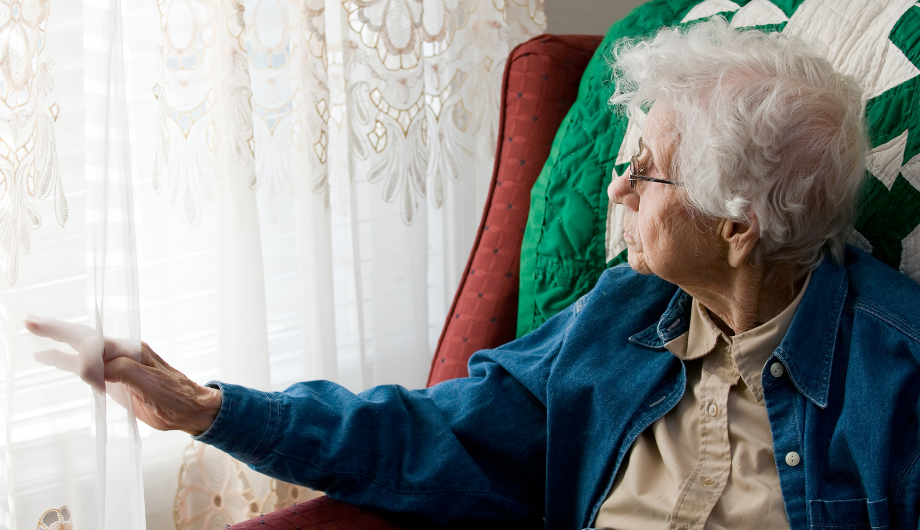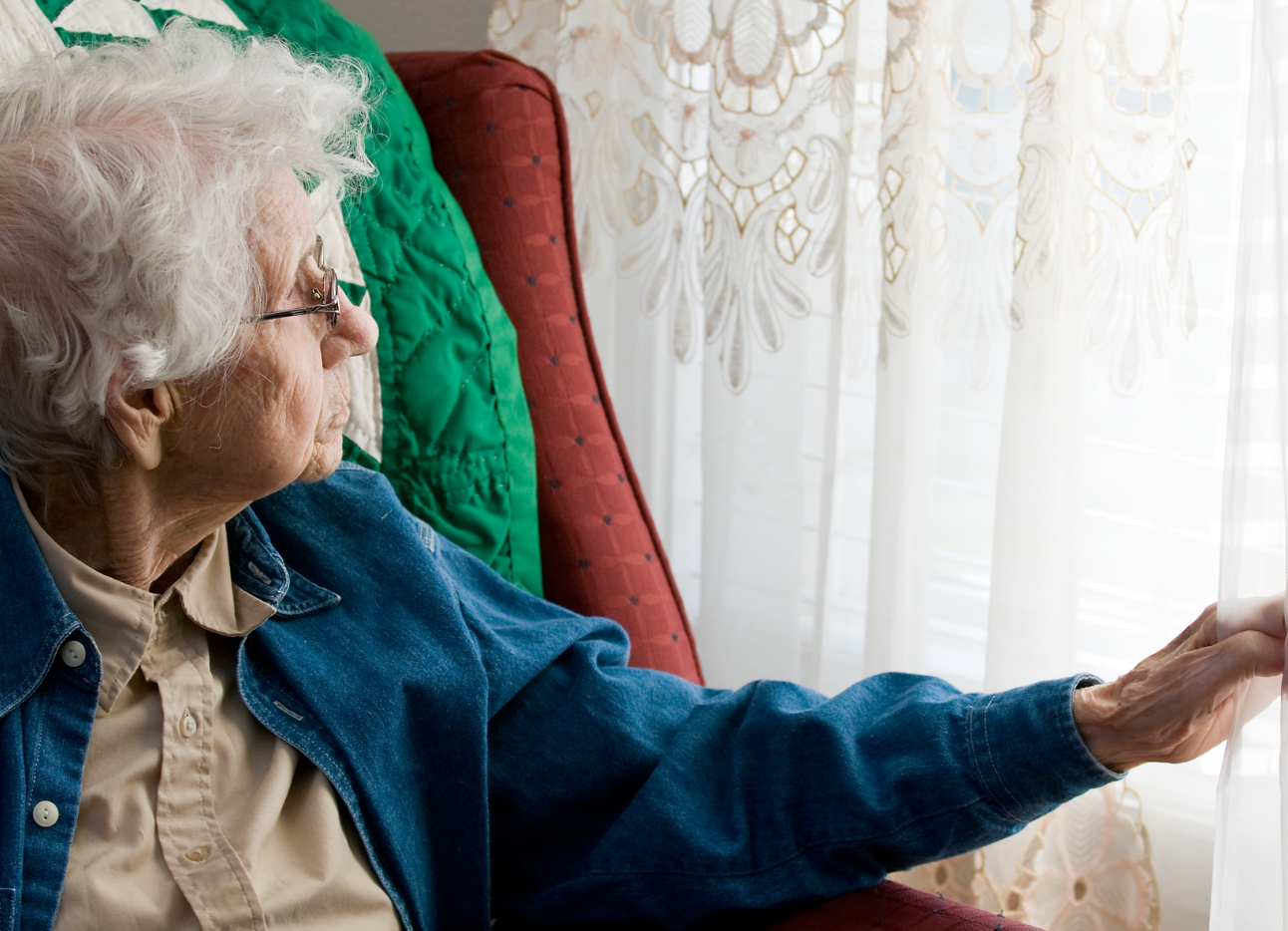
What Domestic Homicide Reviews tell us about the abuse of older people
With thanks to Standing Together for providing this blog post. Standing Together Against Domestic Violence is a UK charity bringing communities together to end domestic abuse.
At Standing Together, we believe that all services and communities have a key role to play in eradicating domestic abuse and addressing it as early as possible. To do this we must identify domestic abuse in all its forms and – most importantly – everyone who is affected by it.
This is especially urgent for older victims of domestic abuse. Too often assumptions about age can mean that, when older people are injured, depressed or display other potential signs of domestic abuse, the cause is assumed to be poor health or other social care needs.
Earlier this year, Standing Together chaired a review of 32 domestic homicide reviews (DHR). We wanted to explore the circumstances that led to these deaths to identify patterns, address gaps in the system and help prevent similar tragedies from happening in the future. The findings were startling: over a quarter of those murdered by their current or intimate partner were aged 58 or above. This often surprises people who assume that domestic abuse poses a more serious threat to younger victims. There is a common assumption that older couples must be happy or they would not have remained in the relationship for so long. Sadly these DHRs found that, like the wider public, professionals can also fail to consider domestic abuse because of the victim’s age.
In some circumstances there was an age difference between the perpetrator and the victim which caused professionals around them to consider it more of a carer relationship, rather than an intimate relationship. In other situations the reviews found the victim’s age influenced her view of what help was available. As is common with all who are abused by their former or intimate partners, older women who were killed did not define their relationship as one that featured ‘domestic violence’.
As guidance from the Association of Directors of Adult Social Services (Adass) shows, there are a huge number of reasons why older women may not disclose domestic abuse: embarrassment, lack of awareness about services and options, and feelings of isolation – to name just a few. Older survivors may also have less experience of ‘self-help’ models or disclosing personal circumstances to a stranger.
In many of the domestic homicides our review looked at, the victim and the perpetrators were considered to be carers for one another. Six cases involved an ex/current partner who also was the carer of the victim. Yet, carers’ assessments were not completed despite research suggesting that the potential for violence in these relationships tends to be greater when the carer is a partner or close relative, and where the carer is trying to support a relative with a substance misuse issue.
For professionals in the domestic abuse sector, the coordinated community response is not just a theory. It builds the strategic and operational structures which hold us all to account for the work we are (or are not) doing. There are vital lessons to be learned from the work of groups like Solace Women’s Aid or housing providers like Gentoo to reach out and support older women. The Older People’s Commissioner for Wales has also launched a campaign on domestic abuse that is well worth a look.
The review emphasised to us why it’s so important for professionals to think creatively when working with older victims. For example, have you considered your Marac referrals for older women? What links can you make with your adult safeguarding board, and how can you ensure that there is adequate training for domestic abuse? What lessons can you learn from the domestic homicide reviews in your area which have involved older people?
We have to grapple with the detail if we’re ever going to make a difference. Standing Together means working together.
Find out more
Share best practice on working with older people in Standing Together’s Domestic Violence Coordinators Network
You may also be interested in

Older people’s care pathway and guidance notes

